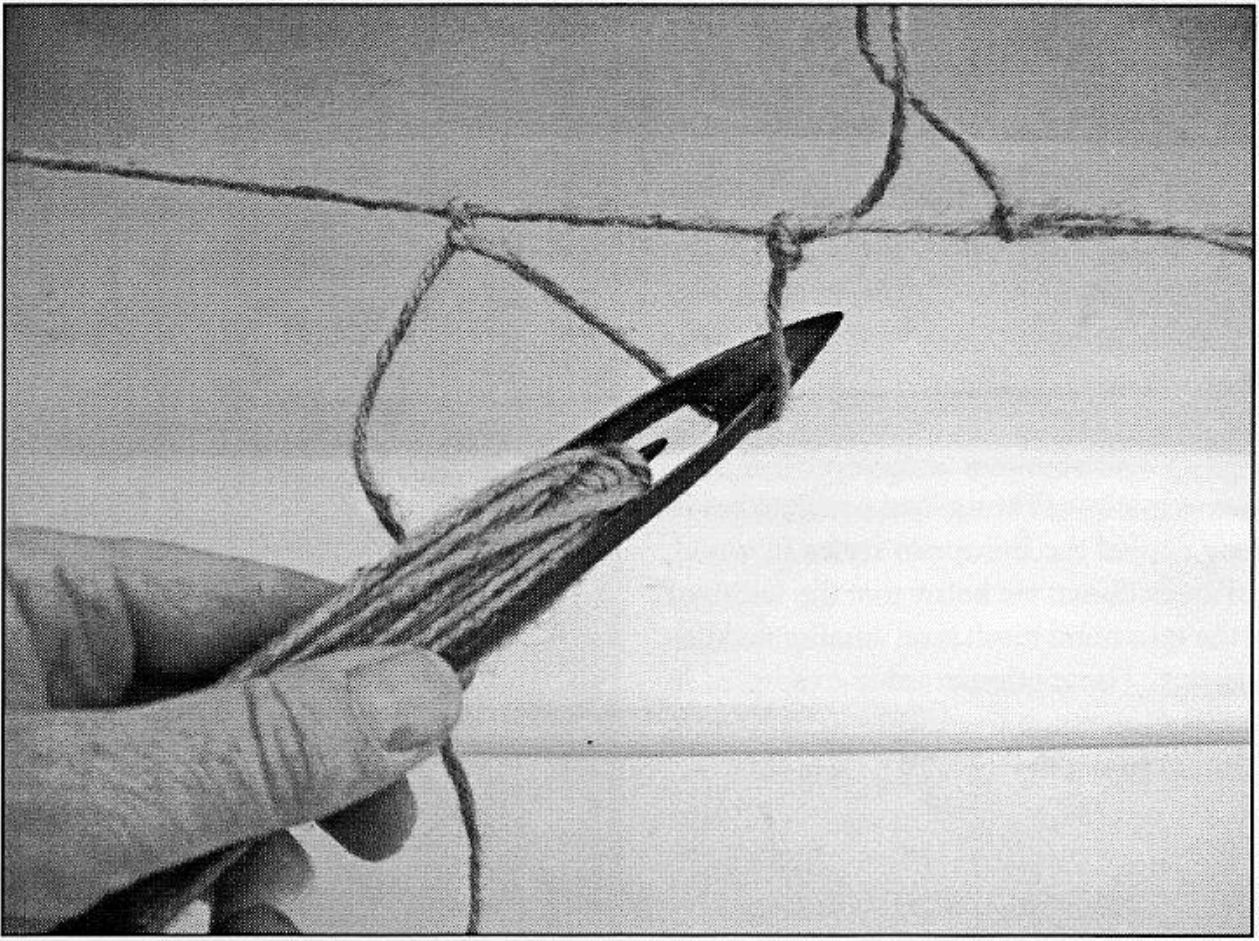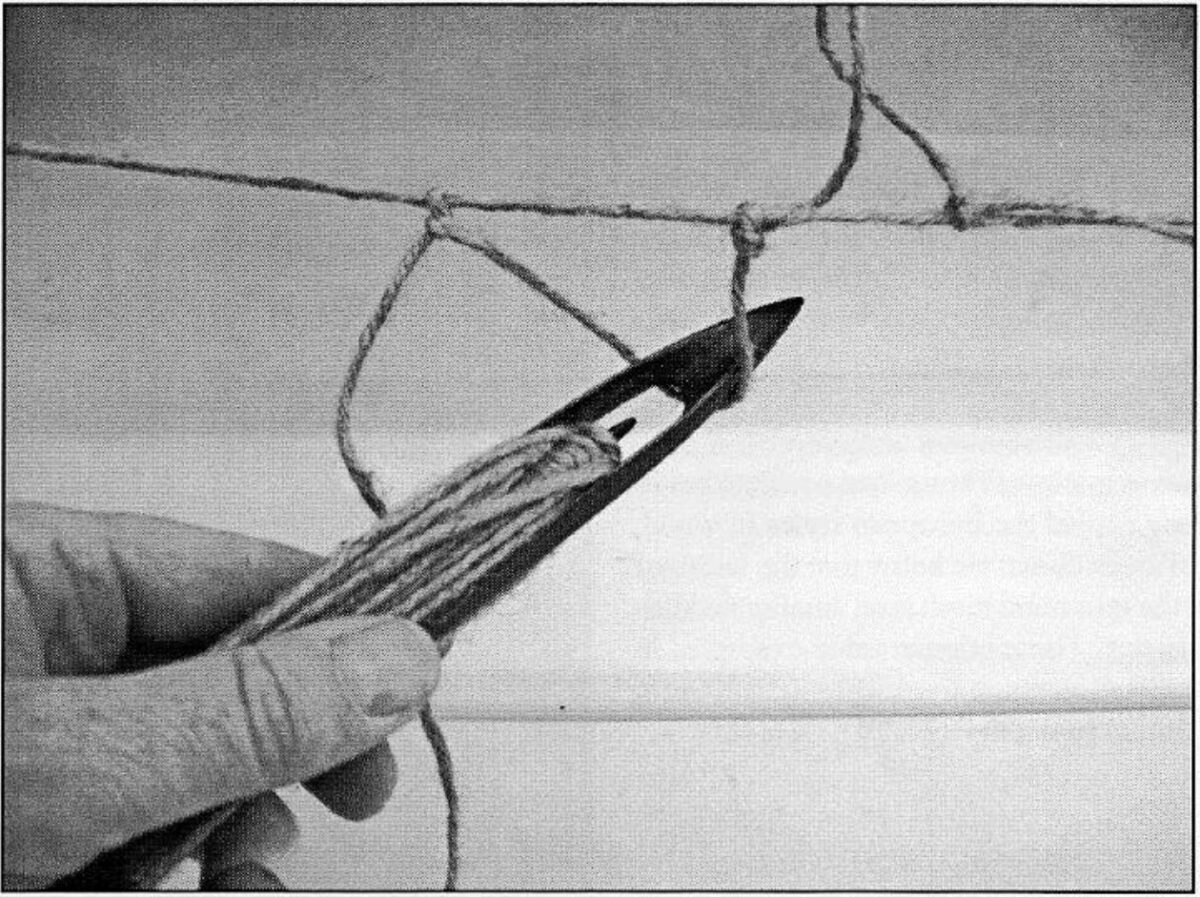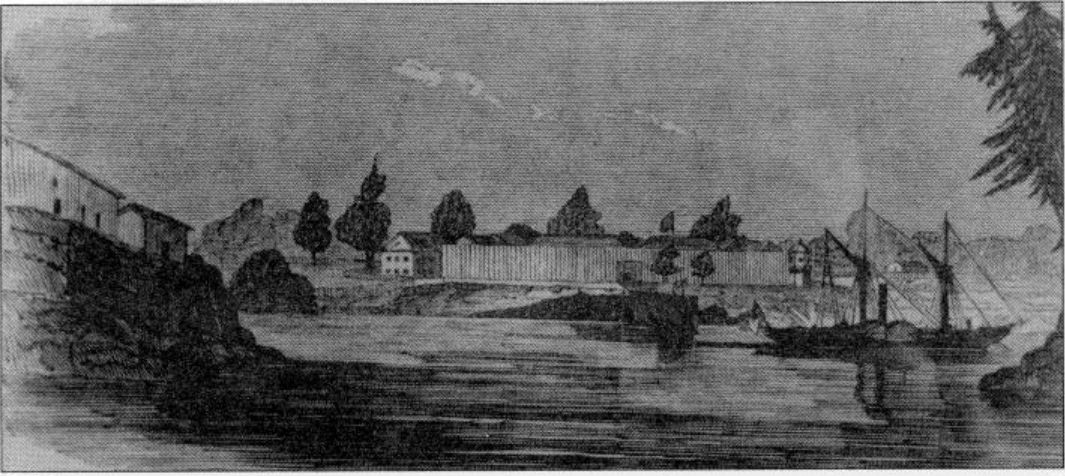
Originally Published in The Midden, 24(3). 2010. By Grant Keddie There are two basic types of needles used in making and repairing nets found in ethnographic collections in British Columbia. The Eye and Tongue needle and the Prong End needle. The first type (figure 1) has often been presented in publications as a traditional First Nation’s artifact. In fact, it was introduced by Europeans to this region. This example is from the fishing village of Arbroath in my ancestral Scotland. The way the Eye and Tongue needle is strung can be seen in figure 2. This style of needle, by having a thin point and the twine sunk in the broad grooves on the sides, passes more easily through the … Continue reading “Netting Needles of British Columbia”

